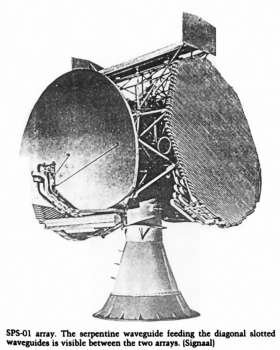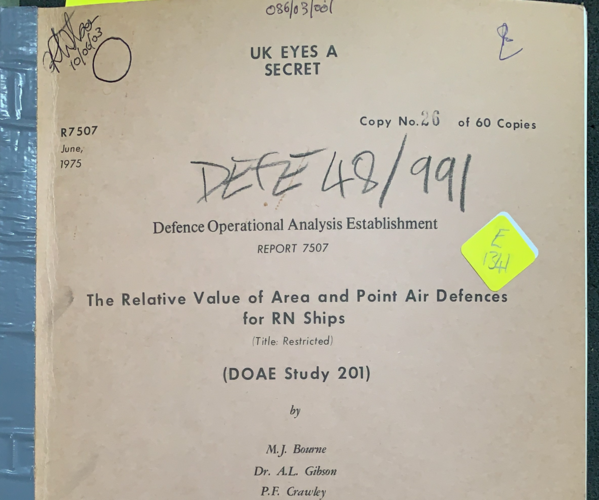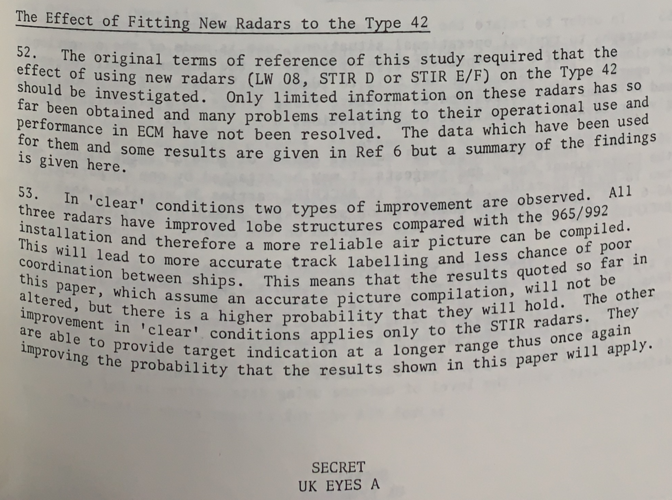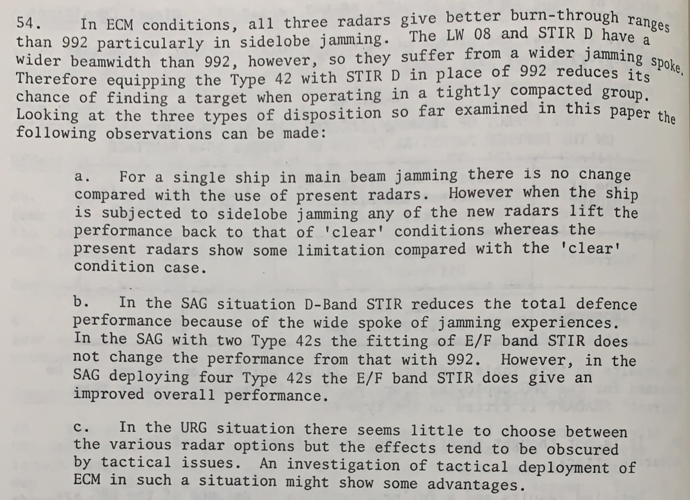Rule of cool
ACCESS: Top Secret
- Joined
- 16 January 2024
- Messages
- 1,917
- Reaction score
- 2,566
As many may be aware in the mid 60s the British were in a joint project with the Dutch to develop an advanced radar known as the Type 988 Broomstick, which was to be fitted to the Type 82 DLG and CVA01 carrier. When CVA01 was cancelled so too was British participation in the Type 988 project, and the Type 82 and subsequent Type 42 destroyers retained the 50s era Type 965 search and type 992Q Target Indication radars, which were poor at low level and with any background clutter such as from land. It wasn't until the HMS Invincible and HMS Exeter that RN ships received a modern search radar that worked in these adverse conditions.
However the Dutch persevered with the radar and built it as the SPS-01, fitted it to their Tromp class destroyers. This radar is quite a beast, combining the 2D search and 3D target indicator functions that required 2 radars in British ships, and was capable in the adverse conditions of low level and near land.
WI the British, after scaling back the Type 82 and cancelling the CVA01 still went with the Type 988 for their Sea Dart ships, after all their old radars did need replacing? Would the Falklands be much different if all the Sea Dart ships had a highly capable radar system?
The picture shows the 2D and 3d antennas for their search and target indication radars.
However the Dutch persevered with the radar and built it as the SPS-01, fitted it to their Tromp class destroyers. This radar is quite a beast, combining the 2D search and 3D target indicator functions that required 2 radars in British ships, and was capable in the adverse conditions of low level and near land.
WI the British, after scaling back the Type 82 and cancelling the CVA01 still went with the Type 988 for their Sea Dart ships, after all their old radars did need replacing? Would the Falklands be much different if all the Sea Dart ships had a highly capable radar system?
The picture shows the 2D and 3d antennas for their search and target indication radars.





